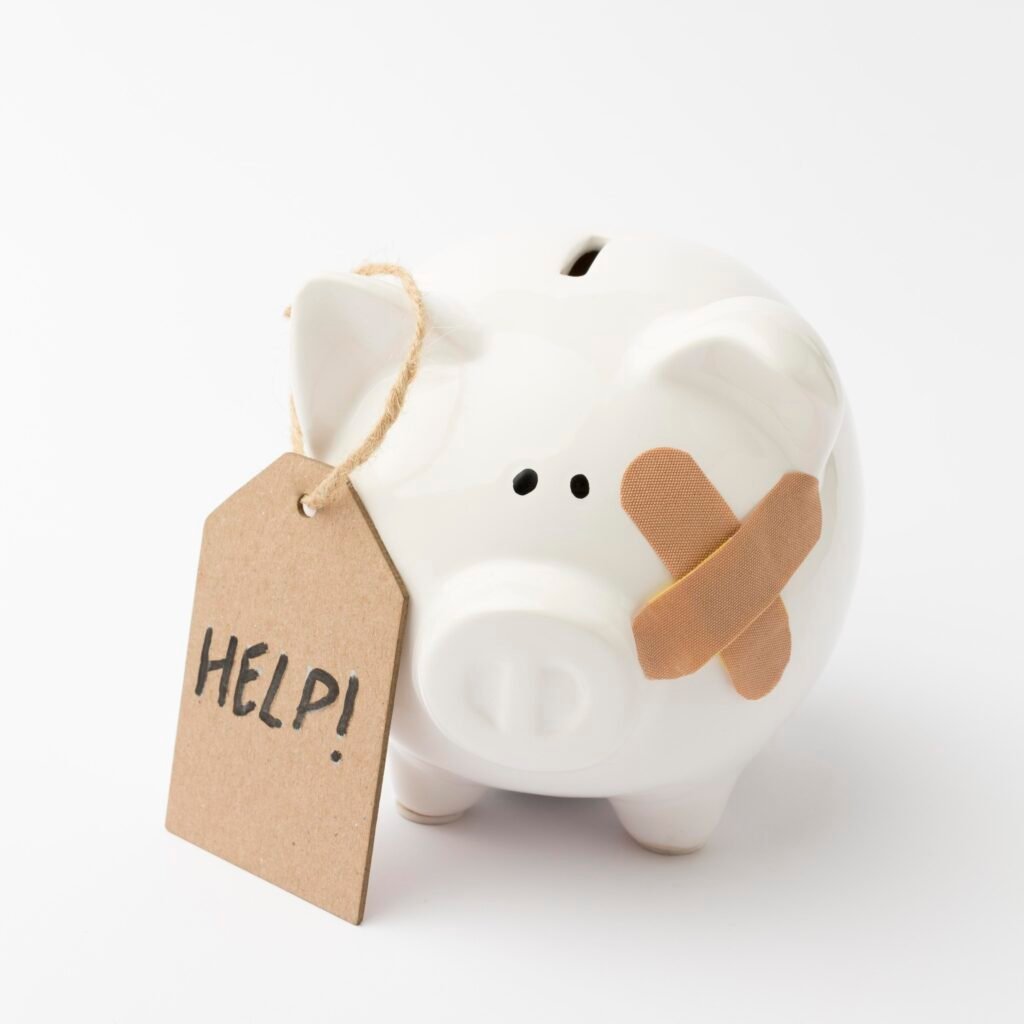Life is unpredictable, and unexpected expenses can arise at any moment. A sudden medical emergency, car breakdown, or losing your job can put a significant dent in your finances. That’s where an emergency fund comes in – a cushion to fall back on during tough times. In this post, we’ll explore the importance of emergency funds, how much to save, and provide practical tips on building your safety net.
Why Do You Need an Emergency Fund?
An emergency fund serves as a financial shield, protecting you from going into debt or depleting your long-term savings when unexpected expenses arise. Some benefits of having an emergency fund include:
-
Reduced financial stress
-
Avoidance of debt
-
Protection of long-term investments
-
Peace of mind

How Much Should You Save?
The general rule of thumb is to save 3-6 months’ worth of living expenses in your emergency fund. Consider the following factors to determine your target amount:
-
Monthly essential expenses (rent, utilities, food, transportation)
-
Job security and income stability
-
Dependents and responsibilities
-
Medical conditions or health risks
Step-by-Step Guide to Building Your Emergency Fund
1. Assess Your Finances
Start by tracking your income and expenses to understand where your money is going. Make a budget to identify areas for reduction.
2. Set a Realistic Goal
Determine your target amount and set a achievable timeline.
3. Choose a Dedicated Account
Open a separate, easily accessible savings account specifically for your emergency fund.
4. Automate Your Savings
Set up automatic transfers from your primary checking account.
5. Start Small
Begin with manageable monthly contributions.
6. Increase Contributions Over Time
Gradually increase your savings amount.
7. Consider a Side Hustle
Supplement your income.
8. Take Advantage of Windfalls
Utilize one-time influxes of cash.
9. Review and Adjust
Regularly assess your progress.
Additional Tips to Boost Your Emergency Fund
-
Cut unnecessary expenses
-
Sell unwanted items
-
Use the 50/30/20 rule (50% necessities, 30% discretionary, 20% savings)
-
Consider a tax-advantaged savings account
-
Keep your emergency fund liquid
Common Challenges and Solutions
-
Struggling to start: Begin with small, achievable goals.
-
Lack of motivation: Share your goals with a trusted friend or family member.
-
Emergency fund depletion: Rebuild by prioritizing savings.
Conclusion
Building an emergency fund takes discipline, patience, and persistence. By following these steps and tips, you’ll be better equipped to handle life’s unexpected twists and turns. Remember, a well-funded emergency fund is a financial safety net, providing peace of mind and protection for your financial future.
Additional Resources
-
National Endowment for Financial Education (NEFE)
-
American Financial Services Association (AFSA)
-
Federal Trade Commission (FTC) – Consumer Information
By prioritizing your emergency fund, you’ll be taking a significant step toward securing your financial well-being.

